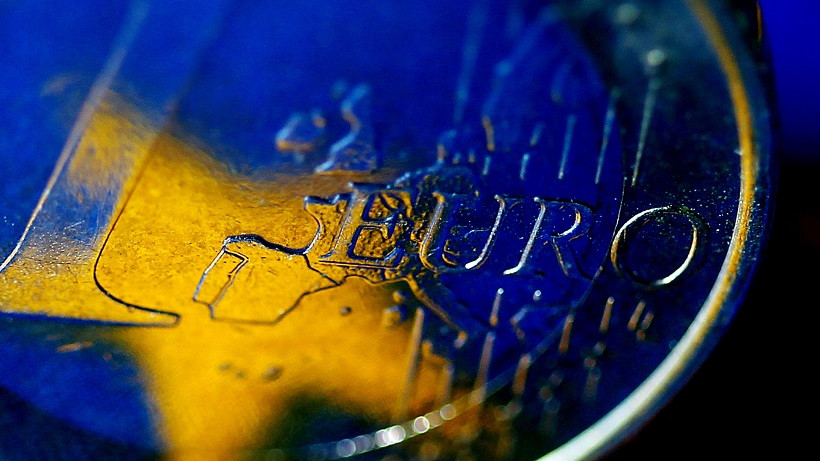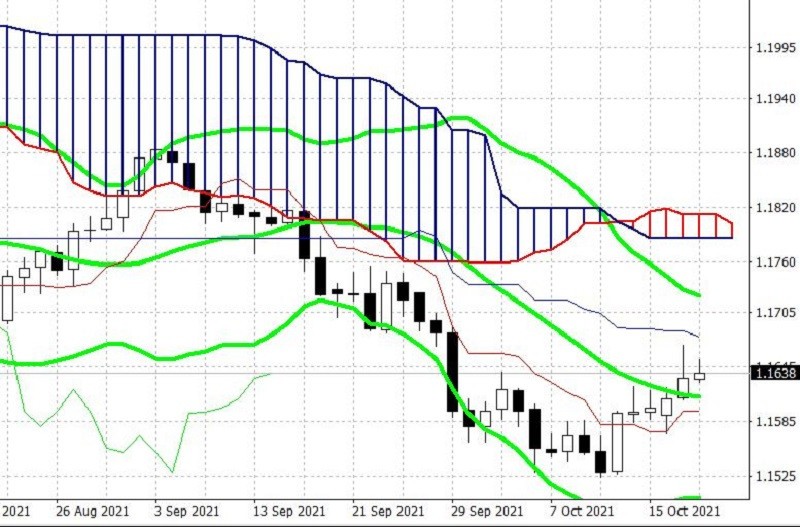
The US dollar has been hit by a wave of sell-offs amid increased interest in risky assets and weak US housing data. The general vulnerability of this currency is particularly strong in two currency pairs – GBP/USD and NZD/USD. This is due to the fact that the Bank of England and the Reserve Bank of New Zealand do not rule out the option of raising interest rates next year. In this case, the US currency cannot boast of "exclusive support" from the Federal Reserve, whose representatives declare hawkish intentions. On the other hand, both the British pound and New Zealand dollar have similar trump cards (for example, the RBNZ curtailed QE in the summer, and already raised the rate in the fall). Investors' bets on tightening monetary policy parameters in these countries stimulated the closing of short positions on the corresponding currencies – the GBP and NZD (partly this also applies to the AUD). Therefore, the growth of GBP/USD and NZD/USD looks quite logical, especially amid a decline in the US dollar index.
The same cannot be said about the EUR/USD pair, whose buyers also decided to organize a counteroffensive, sending the price to the nearest resistance level of 1.1680 (the Kijun-sen line on the daily chart). Yesterday, this attempt failed: the upward impulse faded as soon as traders approached the level of 1.1670 and the pair retreated. During today's Asian session, EUR/USD bulls tried to show character again, attacking the above-mentioned resistance level.

Unlike the Bank of England and (even more so) the RBNZ, it should be noted here that the European Central Bank does not demonstrate hawkish intentions. ECB representatives do not get tired of voicing a "dovish" position, stating that the curtailment of the PEPP program "will not be the end of the accommodation policy." At the same time, the growth of the Eurozone's inflation does not worry the key officials of the Central Bank. According to them, the growth of inflation indicators is temporary, while the underlying inflationary pressure will grow very smoothly and gradually. In one form or another, this position was voiced by Christine Lagarde, Philip Lane, Francois Villeroy, Martins Kazaks, Gabriel Makhlouf, and some of their other colleagues. In addition, Lagarde recalled the new strategy of the European regulator after the results of the last meeting, adding that inflation may exceed the target level in the transition period. All this suggests that the ECB will maintain its accommodative policy next year, even after the completion of the PEPP program. According to rumors, this program will be replaced by an "enhanced" APP program, whose volume will be increased to 30-40 billion from the current 20 billion.
Given this fact, the question arises: under the banner of what arguments are EUR/USD buyers counterattacking now? In my opinion, the pair's growth is due solely to the temporary weakness of the US currency. And as soon as the US dollar takes the lead again, the euro will collapse as rapidly as it is growing now.
At the moment, dollar bulls are slightly in a disoriented state. The information that the Fed will start rolling back QE from next month has already been "won back" and taken into account in prices, whereas the hawkish signals about a possible rate hike next year are too vague. It's true that the rhetoric of the Fed representatives has become noticeably tougher, but some of them allow for monetary tightening in 2022, and the updated point forecast of the Fed speaks of the strengthening of the "hawkish wing" of the Central Bank. But at the same time, the latest releases in the labor market do not allow the US dollar to take full advantage of the above circumstances. The bulls of this currency need an additional information driver, which will increase the probability of a rate hike in the second half of next year.
In addition, it is worth noting that the season of corporate reporting has started in the States. The overall appetite for risk was, in part, driven by strong reporting from Travelers and Johnson & Johnson. For example, J&J's net profit grew by 24% to $ 16 billion in 9 months. In general, the reporting season in the US is setting a fairly positive tone so far, which is why the US dollar is under background pressure.
Nevertheless, the US dollar's weakening might be temporary, since many fundamental trump cards still help it (the growth of Treasury yields, oil market, and inflation, as well as the Fed's position). But if we talk about the euro-dollar pair, the positions of buyers here are very shaky, as they depend only on the dollar's "well-being". In turn, the euro did not and does not have its own arguments to rise.

Against the background of the general sell-off in the US dollar, EUR/USD bulls may try to approach the resistance level of 1.1680 (Kijun-sen line on D1) again. However, it is unlikely that traders will breakthrough and (even more so) consolidate above this target. Therefore, it is advisable to consider short positions in this price area with the first target of 1.1610 (the average line of the Bollinger Bands on the same timeframe) and so far, the main target is 1.1590 (the Tenkan-sen line).